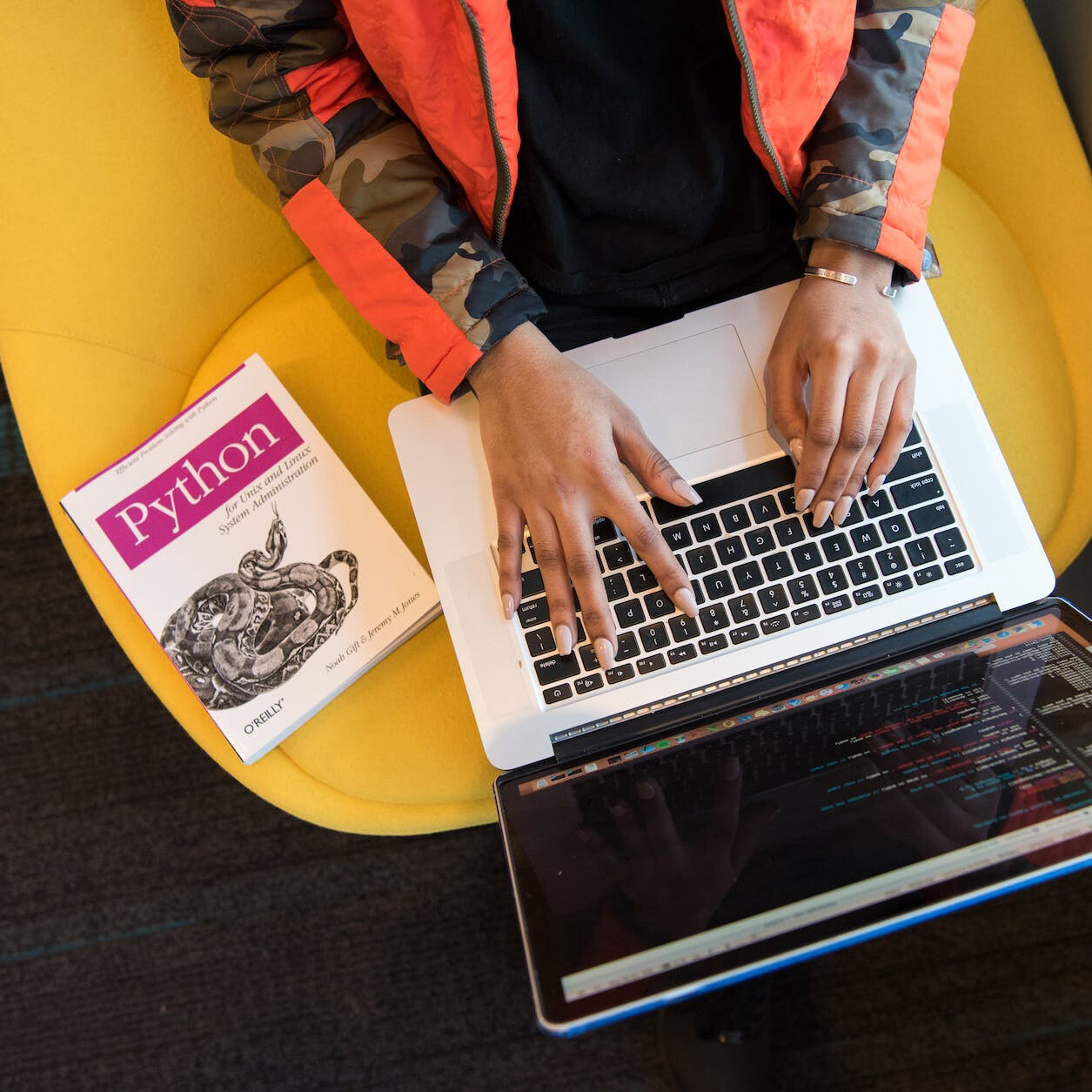- Home
- Development
- Keep An Eye On These 4: Design Trends II
Keep An Eye On These 4: Design Trends II
Evolve, evolve, evolve. Isn’t that what adaptation is all about? Creating a space of innovation and creativity, keeping up with all of the fleeting and design-changing trends that emerge almost faster than we can handle. Almost! Here are 4 of the design trends that have been identified for the big leagues this year:
Huge Background Images
Using high-quality images as huge, beautiful backgrounds is expected to be one of the main trends of 2015, accompanied by poignant copy and eye-catching typography. Some parallax elements will be incorporated as well, as web design moves toward fluidity (it’s all about making it easy on the eyes).

Mobile-Focused Branding
More and more brands are finding that their user base has drastically increased their mobile usage. Optimizing websites for mobile, therefore, is crucial for most businesses; ensuring that your user has the optimal experience when interacting with your site is of utmost importance.
Mobile website development should likely come first, even if there are plans to build an app in the future. An app is great for achieving a specific purpose, for which a website may not be enough. It’s imperative that a company ensure that the brand vision is consistent across all platforms, and it is crucial to understand the applicable content strategies as well as current and potential users. Reviewing end goals in order to adequately and efficiently map out future plans for development and technological advancements – essentially, plan ahead and stay focused on brand goals.
Data Availability
The more knowledge we have, the more we can accomplish – creating easier, faster solutions in an environment of increased collaboration and communication. What does that mean for web design? Well, with access to the bits and pieces that other agencies and organizations have been collecting over the years, companies can engage in this information exchange.
A diverse variety of ideas are generated, as each individual brings his or her specific creativity to the overall project. Several design approaches are thought of at once, and time is saved by separating and bringing those ideas to life at once (instead of a long, tedious process of shooting ideas back and forth with no actualization). Sometimes, even more than one idea can be implemented, combining into a harmonious blend that drastically improves UX, appealing to various markets and individuals.
Adaptive Design
For quite some time now, responsive design has been the talk of the town – it seems as though it’s all anyone’s discussing! However, adaptive web design has been creeping up in conversations more and more. Adaptive design has the same purpose as responsive design; i.e., delivering the optimal browsing experience by serving the site for the user’s device. It differs in that adaptive design is about customizing a website to deliver the relevant viewing format whereas responsive rearranges an existing website to display the optimal viewing format. Keep an eye on this one!



